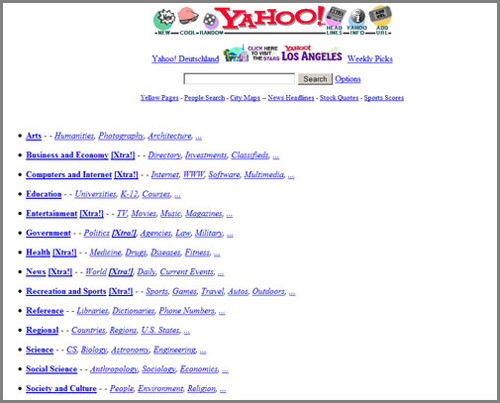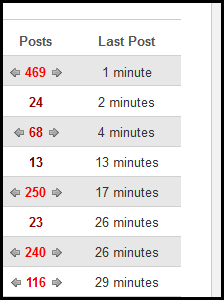Earlier this week we compared ugly forum software to the way web directories looked in 1996. To recap, web directories (i.e., early search engines) used a top-down system of categories to organize websites. Some forum platforms still use this design.
Looking back on the way Yahoo used to be, we can see why this approach proved to be ineffective: the Web is too vast and changes too quickly be broken into simple categories.
Eighteen years is a long time. Web design principles have evolved during and we are proud to incorporate some of these advancements into Ninja Post. Today, media companies like Yahoo, Twitter, and YouTube recognize the importance of showing trending content to users. We also know that search engines emphasize keyword searches that return results based on relevancy.
The takeaways with regards to forum software design are as follows:
- Emphasize trending content on the main page of your forum.
- Allow users to quickly and effectively search and filter threads.
The image below illustrates how these concepts are embedded into the Ninja Post community platform.











